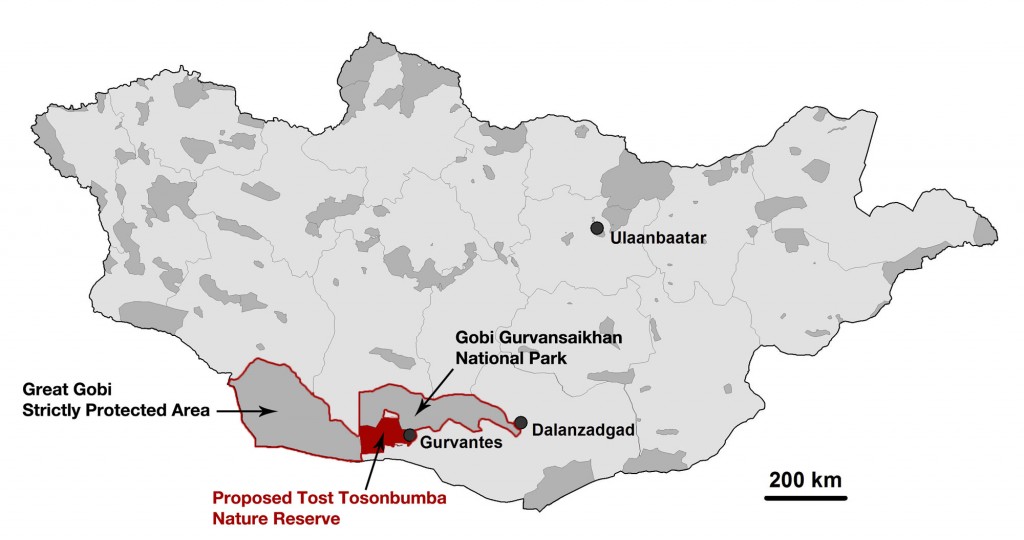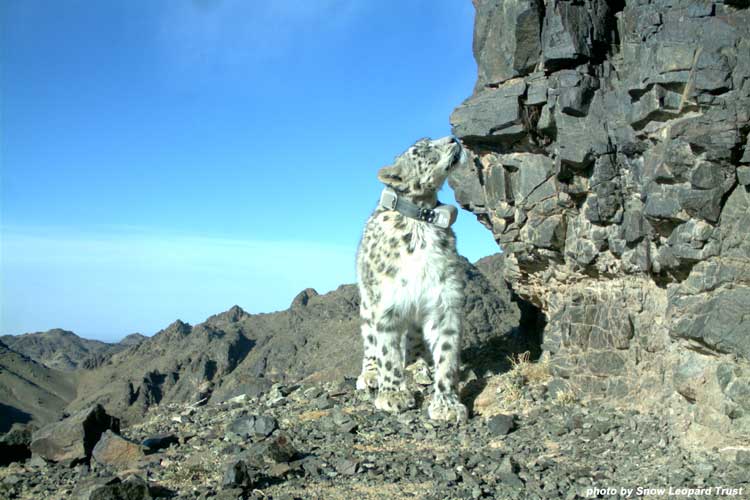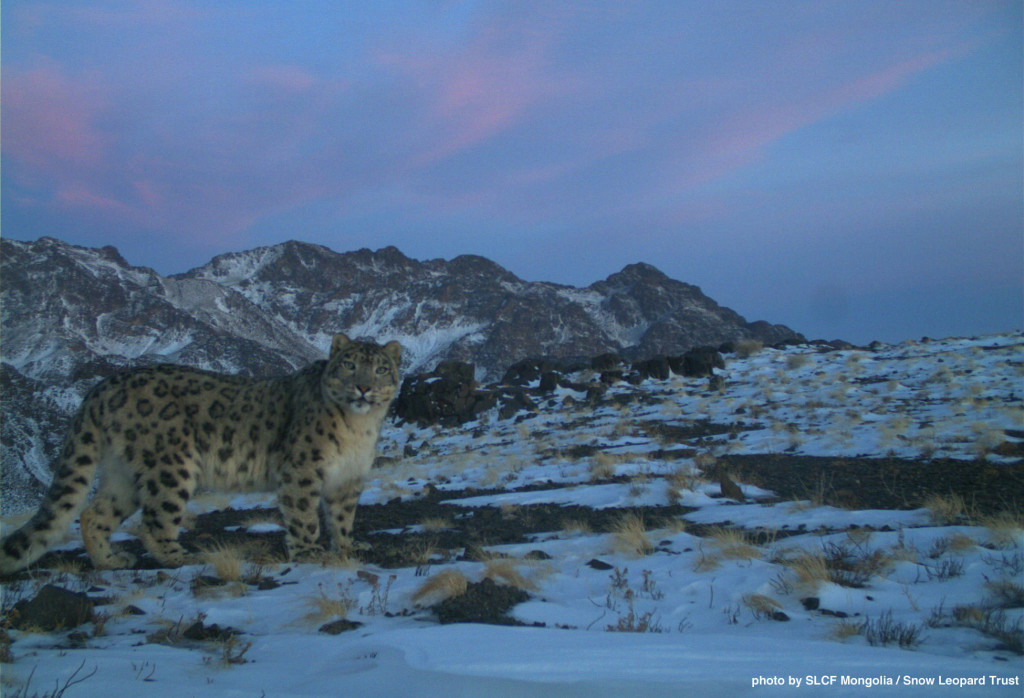Mongolia’s Parliament declares Tost a State Protected Area. The mountain range is home to a stable, breeding population of snow leopards.
The Great Ikh Hural, Mongolia’s parliament, has approved a proposal to turn the Tost Mountains, a prime snow leopard habitat in the country’s South Gobi province, into a Nature Reserve, one of four categories of State Protected Areas under Mongolian law. Under this designation, only traditional economic activities such as livestock grazing that aren’t harmful to nature will be allowed, while mining, construction, and hunting will be prohibited.
The Snow Leopard Trust would like to express its gratitude and appreciation to the Mongolian parliament, and in particular to Members of Parliament Erdenchimeg Luvsan and Oyungerel Tsedevdamba, who led a Parliamentary delegation with 5 fellow members who championed the proposal.
We would like to congratulate the local government at Gurvantes and the provincial government of South Gobi – and most of all Tost’s local communities, who have championed the idea of protecting this important snow leopard habitat for many years.
One of the largest protected habitats in the world
“This is a huge step forward for the protection of the endangered snow leopard in this part of its range”, says Charu Mishra, the Snow Leopard Trust’s Science & Conservation Director. “This Nature Reserve will be a bridge between two existing Protected Areas, the Great Gobi and the Gobi Gurvansaikhan National Park. The resulting landscape will be one of the world’s largest continuous protected snow leopard habitats.”Under Mongolian law, the government will now appoint a working group, consisting of members of several relevant government agencies and public sector partners, to work out the specifics of the new National Park, including its precise boundaries. The Government has 60 days to complete this task.

A map of Mongolia, showing the proposed area for Tost Nature Reserve (red) and existing Protected Areas (dark grey).
As mining activities won’t be permitted within the park boundaries, the working group now has to come up with a solution for the land affected by mining licenses. The licenses can either be revoked, in which case the companies holding them would be compensated, or the licensed land be kept out of the National Park. To protect the ecological integrity of the area, it would be important to revoke licenses that fall inside the boundary.
Site of the most comprehensive snow leopard study to date
Tost is the site of the world’s most comprehensive long-term snow leopard research study, being conducted by the Snow Leopard Conservation Foundation, Snow Leopard Trust, and the Mongolian Academy of Sciences since 2008. The conservation organization Panthera was also a partner in the study until 2012.In this study, scientists have so far tracked 20 snow leopards with GPS satellite collars, gaining unprecedented insights into the behavior and ecology of these cats, and monitoring wild snow leopard cubs in their dens for the first time ever.

A total of 20 snow leopardshave been tracked with a GPS collar in the long-term study in Tost to date.
A win that was years in the making
Given the importance of this ecosystem both to the endangered snow leopard and the local pastoral community, the Snow Leopard Conservation Foundation and local people began making efforts for its protection in 2008. In 2010, the community achieved a major breakthrough, as both the provincial and central governments agreed to give Tost and Tosonbumba the status of a Local Protected Area. This offered some level of protection from further expansions of mining in the area, but could not guarantee the ecosystem’s long-term future.Our team recognized this early on, and began working with the local community and leadership toward achieving State Protected Area status in 2012. Now, 4 years, this collective effort has paid off, and Tost should remain a safe haven for snow leopards.
source

No comments:
Post a Comment